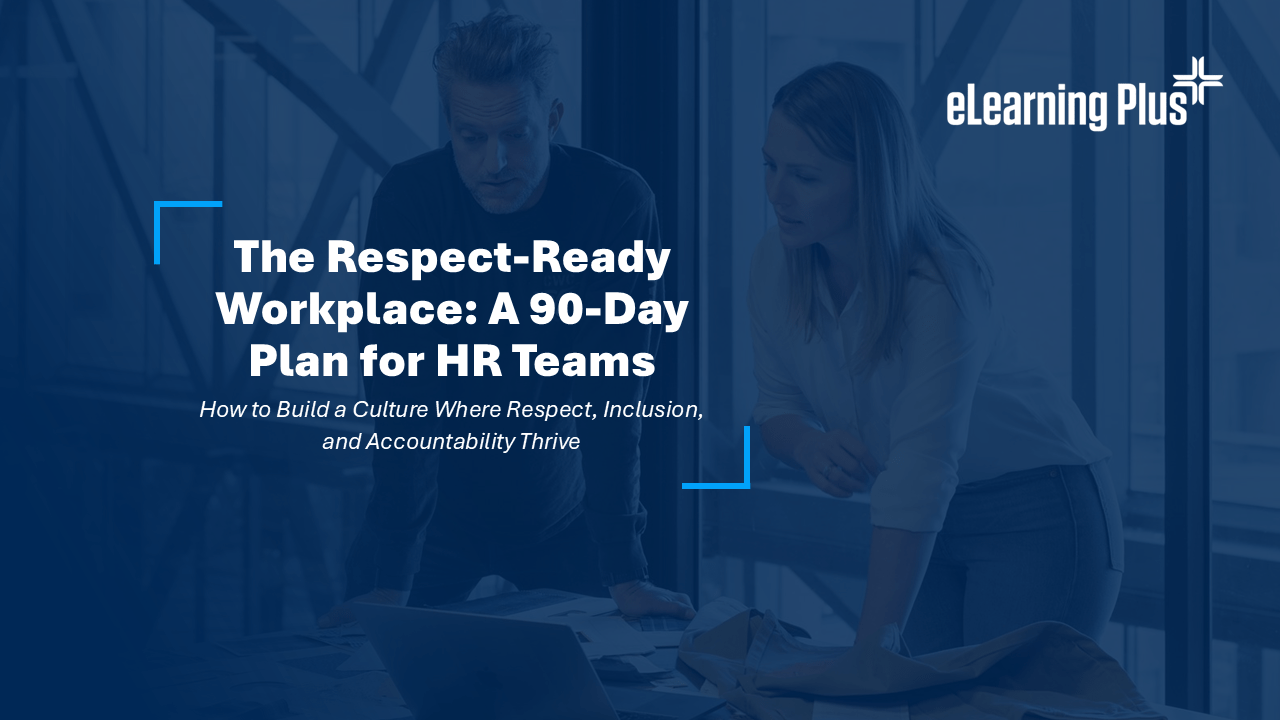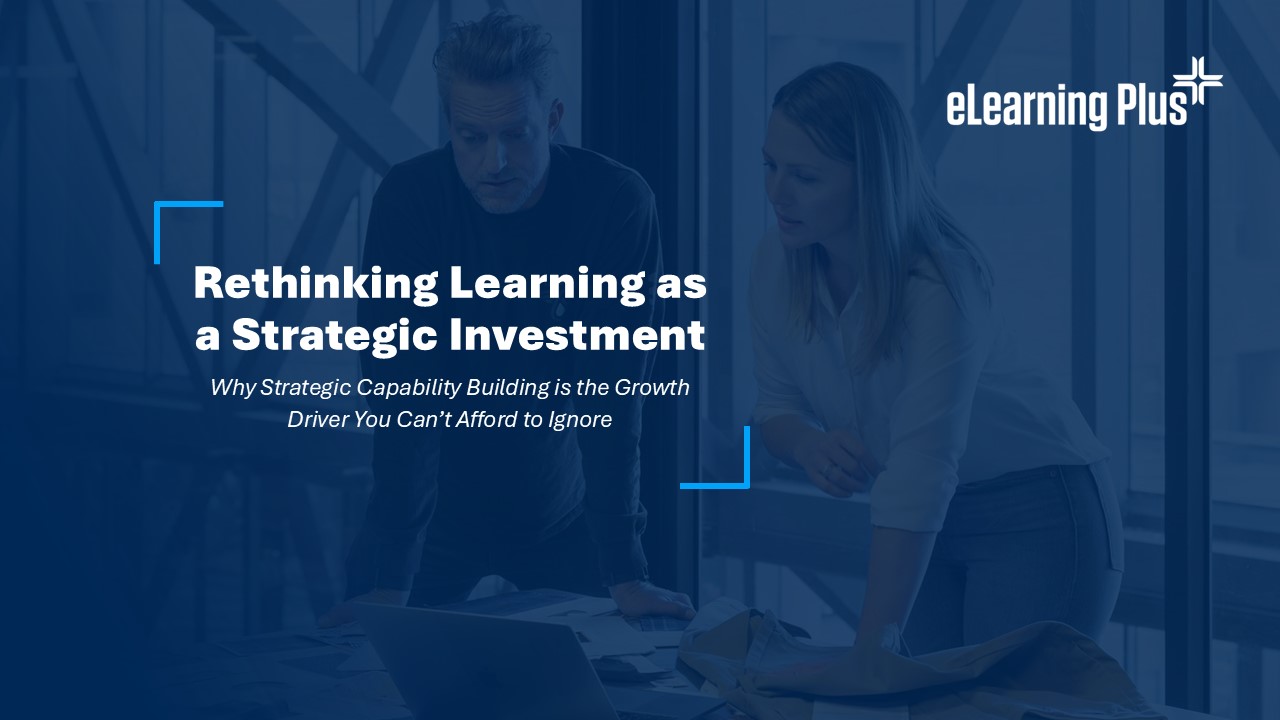The Shiny Distraction – why traditional learning techniques still matter in the age of AI
The Allure of AI
AI is undoubtedly a game-changer. It can automate routine tasks, provide data-driven insights, and even personalise learning experiences to some extent. But the question remains: is AI alone enough to meet the complex learning needs of your workforce? The answer is a resounding no.
AI can offer support, but it cannot replace the nuanced understanding and strategic approach that human-driven learning and development (L&D) initiatives provide. Relying solely on AI tools without a robust foundation in traditional L&D methodologies can lead to superficial solutions that miss the mark in truly developing your people and meeting their needs.
The Importance of Training Needs Analysis
Before jumping on the AI bandwagon, organisations need to refocus on the basics, starting with a thorough training needs analysis (TNA). TNA is a critical process that identifies the specific skills and knowledge gaps within an organisation. It involves:
- Identifying the skills and capabilities to meet strategic goals.
- Assessing current capabilities to understand the existing skills and competencies of employees.
- Identifying gaps to pinpoint where the current capabilities fall short of the desired state.
- Setting strategic learning objectives to define clear, measurable learning goals based on the identified gaps.
This detailed analysis ensures that any learning interventions are directly aligned with the organisation’s strategic objectives and the actual needs of the workforce.
Personalised and Timely Learning Pathways
Once the learning needs are clearly defined, the next step is to deliver personalised and timely learning solutions. This involves creating customising learning pathways and tailoring training programmes to fit the unique needs of each employee, as well as timely Interventions to provide learning opportunities at a time place and pace that best suits the learner.
Balancing Innovation with Fundamentals
Embracing AI and other new technologies should not come at the expense of neglecting tried-and-tested L&D practices. Instead, a balanced approach is needed – one that integrates the best of both worlds.
Here are some suggested approaches to achieve this balance:
1. Augment, Don’t Replace
Use AI to augment traditional L&D methods. For instance, leverage AI for data analysis to support TNA, but rely on human expertise to interpret and act on that data.
2. Focus on Core Skills
Ensure that any technology-driven learning solutions are rooted in the core competencies and skills needed for your organisation’s success.
3. Continuous Improvement
Regularly revisit and update your TNA to keep pace with evolving business needs and technological advancements.
And let’s remember that while AI is a powerful tool, it’s the people behind the technology who drive true innovation and growth.
– I’d love to hear any thoughts you may have around this. 😊






